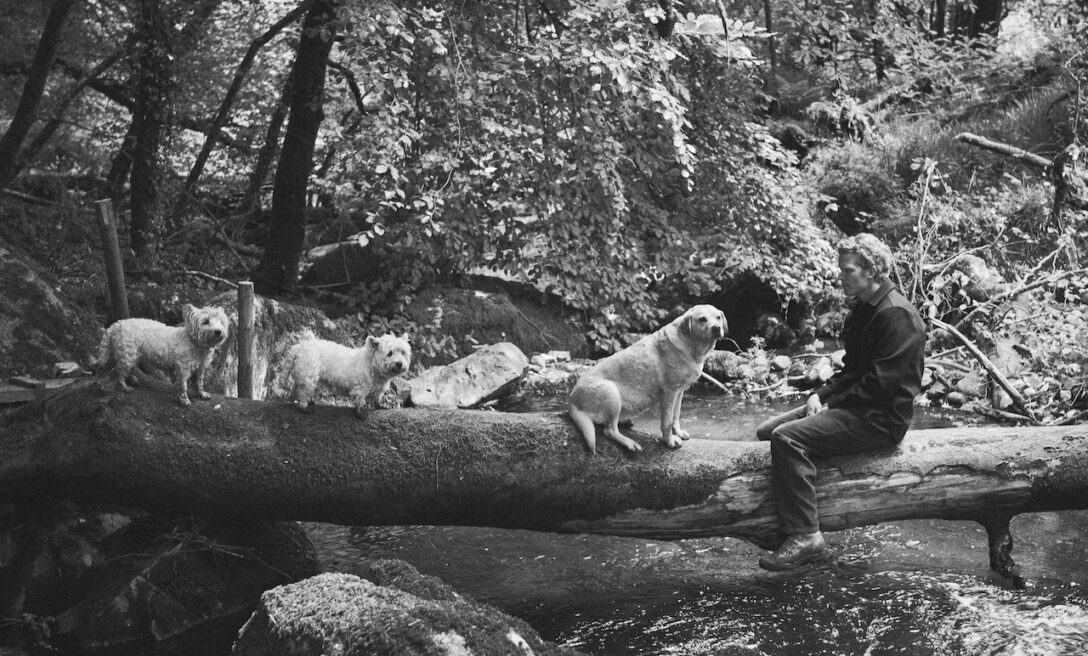
From tiny acorns grow majestic trees. Since our last restoration update in the Spring our plans and dreams have been moving quickly at the Thousand Year Project. What began three years ago as a vague idea that Lizzie and I had to triple the amount of forest growing in the Cabilla valley has grown into a national movement to triple the amount of Atlantic temperate rainforest growing across the UK.
This is all being made possible through the launch of our charity, The Thousand Year Trust. Over the next few years we will be learning from and capturing everything that has been developed at Cabilla and using it to help farmers across the south-west, and eventually further afield, to protect, restore and plant rainforest across their own land holdings. This will be a multi-generational mission. Those of us here at the start will never see the project come to fruition. It is an adventure and a challenge that we should all relish.
The first phase of this mission will be realised through the Cornwall Rainforest Project, a drive to triple the amount of rainforest growing across Cornwall, starting in the areas to the south of Bodmin Moor. Rainforests grow along narrow riverine corridors in the UK. The availability of water and the topography of the land creates microclimates where the necessary levels of humidity can build to support the epiphyte growth integral to this designation. The first river that we will be working on is our own, the Bedalder. This tributary of the Fowey wends its way from Cabilla down to the Fowey at the A38 just east of Bodmin Parkway. This phase of the Cornwall Rainforest Project will then rise out of the catchment to East Taphouse before joining the West Looe river on its journey past Herodsfoot and Pelynt down to Looe and the sea.
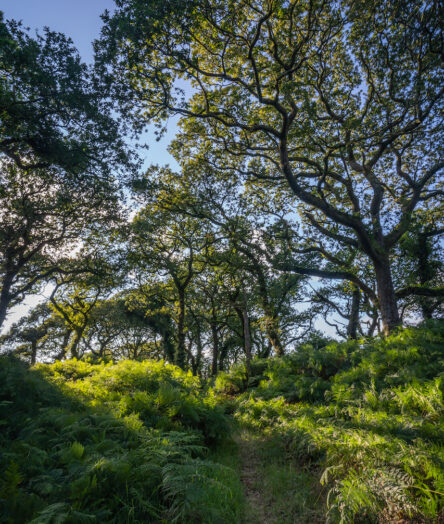
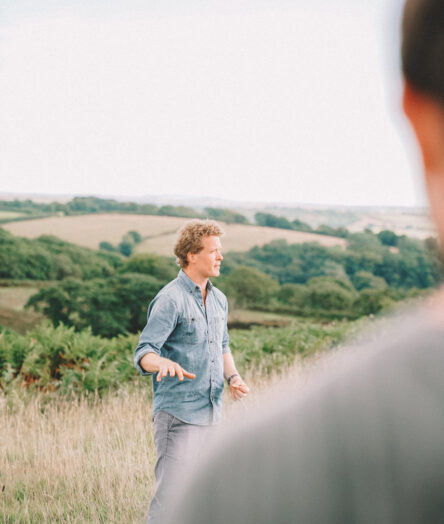
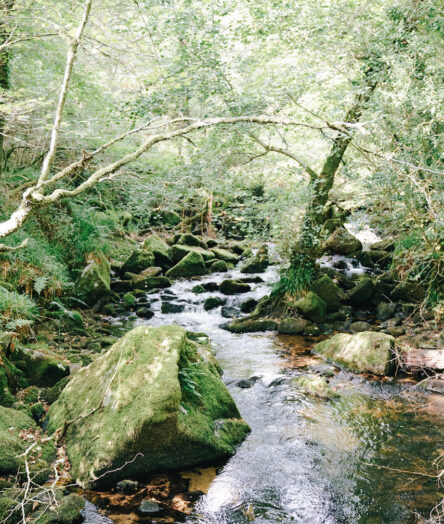
In order to enable true landscape scale recovery of ecosystems there are three elements that need to be considered: Cores, Corridors and Carnivores. Is there a core area or habitat that forms the start point for this restoration effort? Can nature corridors be created between different cores to allow the movement of species? Finally, are carnivores present or will they be reintroduced to enable the full trophic functioning of this ecosystem?
Cores:
The Cornwall Rainforest Project begins with its core at Cabilla. This is our demonstration site where we have enough space and habitat variety to begin the process of restoring temperate rainforest in a range of mutually supporting methods. In searching for other temperate rainforest sites in the area that might serve as further cores the Cornwall Wildlife Trust reserve of West Muchlarnick near Pelynt raised its head as an obvious and attractive sister site. Ten miles due south from Cabilla this reserve holds a healthy vestige of rainforest on the western banks of the West Looe River and there is an enthusiastic appetite from the Wildlife Trusts to protect and restore it further. Now we have our cores.
Corridors:
The land between these two cores consists of two meandering river valleys, the Bedalder and the West Looe, which are made up of a patchwork of native deciduous woodland, coniferous forestry blocks and grade 4 and 5 grazing land. The ownership of this corridor is eclectic and includes the Duchy, Cornwall Council, the Forestry Commission and a number of small and mid-sized farmers. These are the settings where DEFRAs new Landscape Scale Recovery Programme thrive. By creating a cluster of farmers, landowners and organisations along this corridor our next step will be to build a community of the willing who are prepared and able to release certain areas of non-native coniferous timber land or marginal sheep grazing for temperate rainforest restoration. All of this land will have carefully designed public rights of way criss-crossing it so that the magnificent mental health benefits of temperate rainforests can be experienced by everyone who needs them. Once we have a continuous rainforest running between Cabilla and West Muchlarnick our corridor will have come to life.
Carnivores:
We are a long way away from any conversations about apex predators in the south-west. I’m not going to begin claiming that the next stage of this process would be to return wolves to the Cornwall Rainforest Project. There are however a range of meso-predators, the level of carnivores that sit one rung beneath our larger predators, that might be appropriate to bring back to these corridors. At the Thousand Year Trust we have already begun the stakeholder engagement programme for our wild cat reintroduction project. The Eurasian wild cat would have been native to all of our deciduous woodland once upon a time. Unfortunately, as is often the way, these beautiful small feline predators were hunted to extinction by humans in this part of the country and only a small population remains in Scotland. There is an active reintroduction movement across Exmoor, Dartmoor and, through us, on Bodmin Moor and it won’t be long before the rabbits and squirrels of our forests have large yellow eyes watching them from the cover of the oak trees.
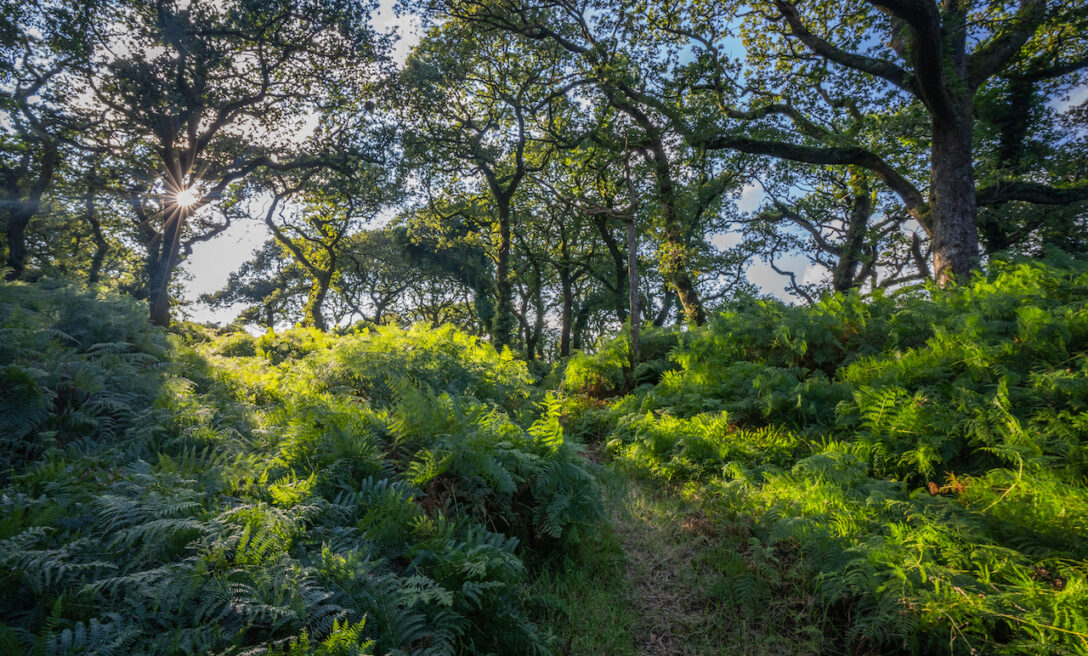
We are also beginning the first stages of a possible pine marten reintroduction scheme. These ferret like meso-predators are the perfect antidote to the grey squirrels that damage our forests and have wiped out our native red squirrel population. The red squirrel was last seen in the wild in Cornwall in 1989. It’s time to bring it home and pine martens will form a key spoke in the wheel we must turn to achieve this.
All of this may seem highly ambitious but nothing about The Thousand Year Trust was ever designed to be a quick fix or to be a simple endeavour. It is only by mobilising the public spirit and bringing all those who love our natural world together that we will be able to achieve these goals. Everyone who reads this or who loves our rainforests should become a part of this adventure. We need all the support that we can get at the Thousand Year Trust and we need everyone to lobby their MP, plant trees and ask their local landowners what they are doing to restore the natural world.
Find out more and keep up to date with our charity the Thousand Year Trust via the website or by following on Instagram.